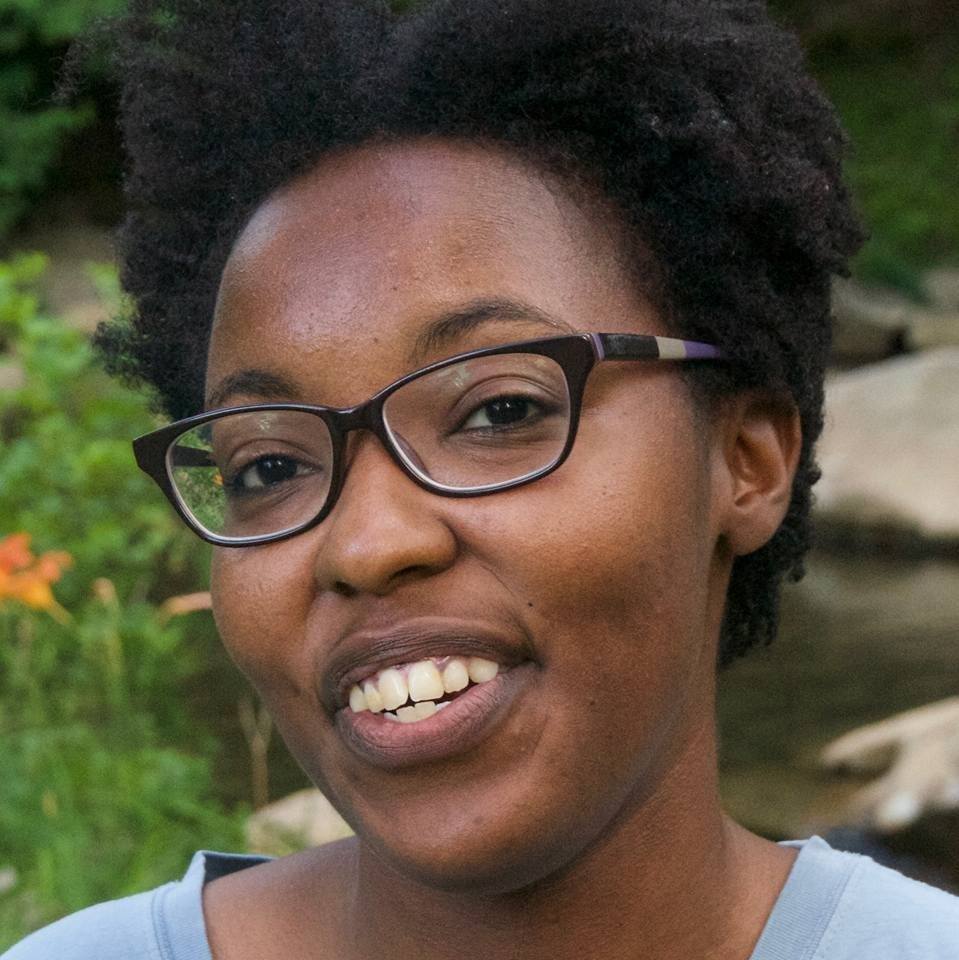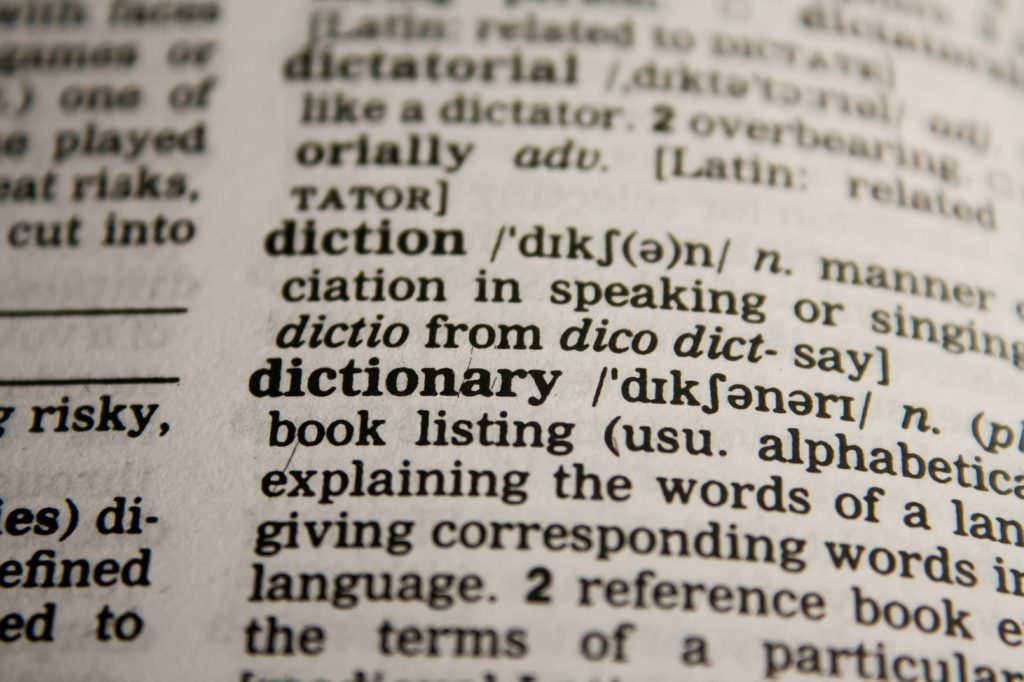Crystal’s Guide To Dating

Dating is hard! Dating while poly can be even harder. I’m autistic, so dating for me is hard to navigate without knowing the rules. So how do you talk about your identity, negotiate consent, and build quality relationships in the brave new swiping world? I’ve got you covered.
Step 1: Know Yourself
Why are you dating? Do you want emotional and physical connection, someone to have sex with, and/or a hiking buddy? Start the process by thinking about the wants and needs that motivate you to date. Do you have a list of ideal qualities? Deal breakers? Know what type of things you want in a person and the things that you would find unacceptable in a partner.
If you’re already partnered, think about what you like and dislike about that person. How are they meeting your needs? What’s missing? Are there any potential issues between you two that might interfere with you dating others? Do you have your partner’s consent to be non-monogamous, and have you discussed what that means for both of you?
Step 2: Check Your Presentation
If it’s been a while since you went out, think about your appearance and habits. Your current partner may be ok with bedhead, but what about a new person? Do you take pride in your concert tees, or should they go to the thrift store? Are you dressing and presenting yourself in a way that is flattering to your shape? Do you feel good about yourself, inside and out? (If no, consider reaching out to some professionals.)
Presentation applies to your social media presence as well. No one swipes right on photos of your torso, nether regions, or your dog. (Well, maybe your dog if he’s cute.) Take some time to compose quality pictures of yourself and make a good first impression. (Pro tip from a mom: never use pictures of children in a dating app.)
Step 3: Make Your Approach
Whether online or off, how you approach people is key to your success in dating. Just because we live in a world full of abbreviations and memes, doesn’t mean you can skimp on communicating your interest. That’s right: forget about copy and paste and take time to write a quality opening message. When you send private messages, talk about what interested you. Be upfront about why you’re connecting. Don’t start with “hi” and expect the other person to carry the conversation. You’re initiating, so you move the conversation toward a date in the real world.
Offline, approaching people must be done with care. Not everyone going about their business wants to flirt in public. Before you shoot your shot, observe their situation and determine if it’s an appropriate time and place. Are they at work? Do they have earphones in? Don’t engage. Are they smiling at you and making a lot of eye contact? Did they move seats to get a better view? Go!
Pay attention to how your potential partner responds. If someone is interested, they’ll keep talking even if they need to be somewhere else. People who are not interested will give a lot of one word answers or look at their phone. Don’t force it. If things look like they’re going downhill, exit gracefully. Offer your phone number and walk away when they say no. Why offer your number? If they are interested, they will call. It’s much more pleasant knowing that someone wants to get in touch than to keep calling and texting with no response.
But why would you spend all that time approaching someone to get rejected? It happens. The sparks you feel aren’t always reciprocated. People don’t owe you a response or the time of day. Just remember that their response is a reflection on you, not them. Have confidence that you will find people who are a good fit for you and get back out there.
Step 4: Tailor the Ask
Don’t be coy about interacting with someone. Be upfront (and polite) about what you’re looking for in a partner. It “no strings attached” sex is on your mind, say so. Everyone can see through you when you say, “looking for friends or more,” and it’s not appealing. It takes courage to ask for what you want, and you may get rejected. Guess what? You’re going to get rejected the majority of the time anyway. You might as well practice open and honest communication from the beginning, and that includes talking about your polyamorous orientation.
When should you let someone know you’re polyamorous? Right away. Non-monogamy is practiced by a small part of the US population, and not everyone is open to it. Your potential partners deserve a chance to opt out, and that should happen before either of you get too entangled with feelings. Whether you put it in your profile or save it for the first date, be prepared to explain what polyamory is and what your relationships look like. Correct misconceptions, but don’t try to convert anyone. Polyamory takes work, and it’s OK if people aren’t ready to try it.
What if the date goes really well, and you want to get physical? Get ready to exercise one vital organ–your mouth. Consent is more important than ever before, and I wrote a comprehensive guide about how to go about it. Here’s the short version: Use your words. Ask before you initiate touching or sexual activity. Pay attention to verbal AND nonverbal cues. Recognize if you are in a position of power over your partner (are they at your house? are you bigger? will they lose money/face/privileges if they don’t go along?). Know if you or your partner have the agency to consent (as an autistic person, I didn’t realize asking to have a sleepover as an adult meant you were OK with having sex. Spell these things out!)
Step 5: Know When to Fold ‘Em
No single interaction is worth losing your life, property, or freedom over. It may feel like the end of the world when a potential relationship doesn’t work out, but it’s not. Even if the first few dates go well, dating is a process of constantly reevaluating your compatibility. Everyone has the right to change their mind at any time. When it’s time to end it, do it gracefully (and not over text). If you’re interested in some kind of interaction in the future, say so–if it’s really true. One of the best things about being polyamorous is understanding that relationships have ups and downs, some people are only compatible on a few things, and communication makes everything easier.
So what would you add? How do you manage dating in the modern world?





